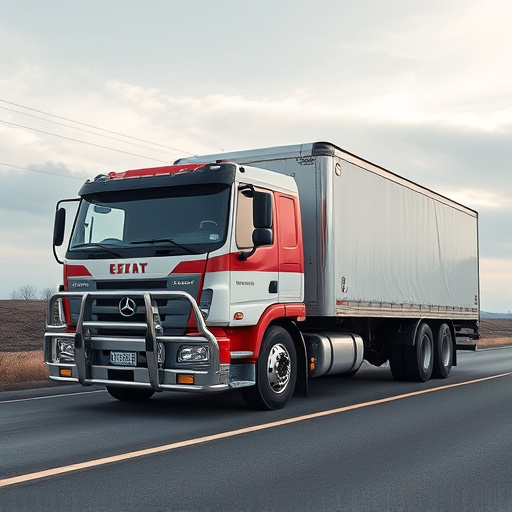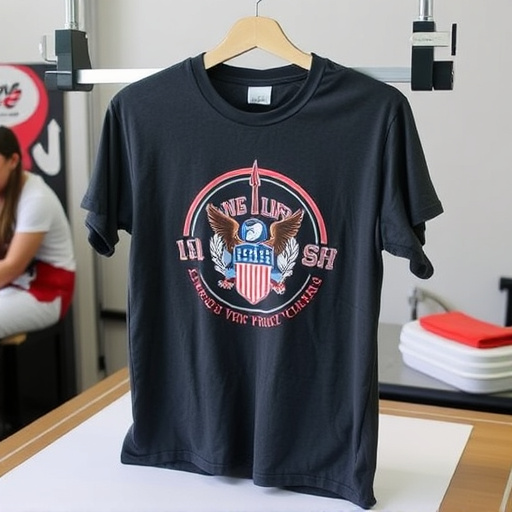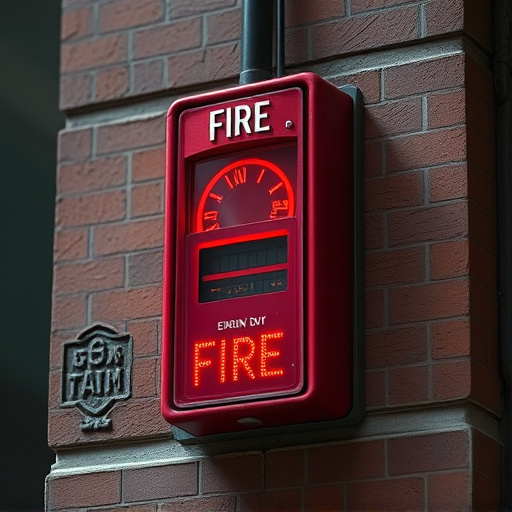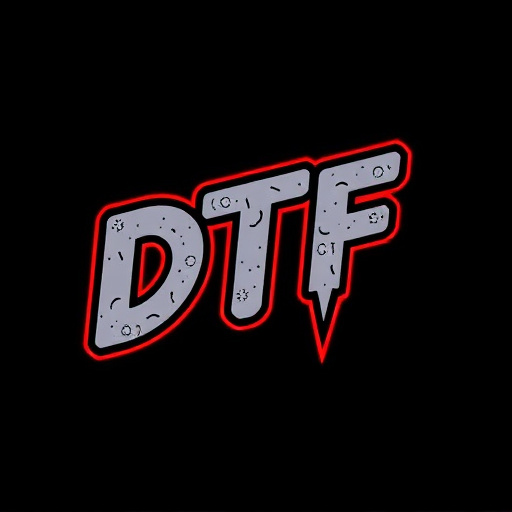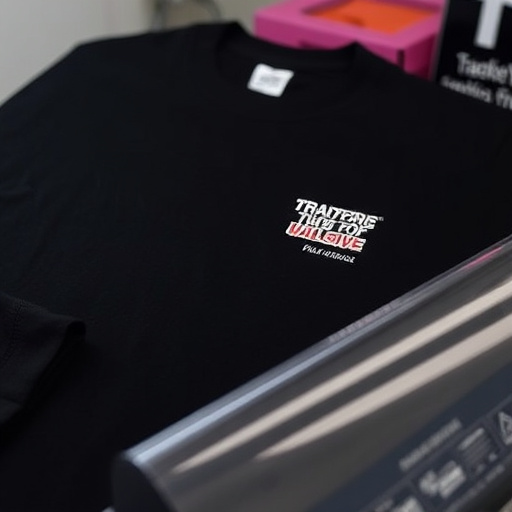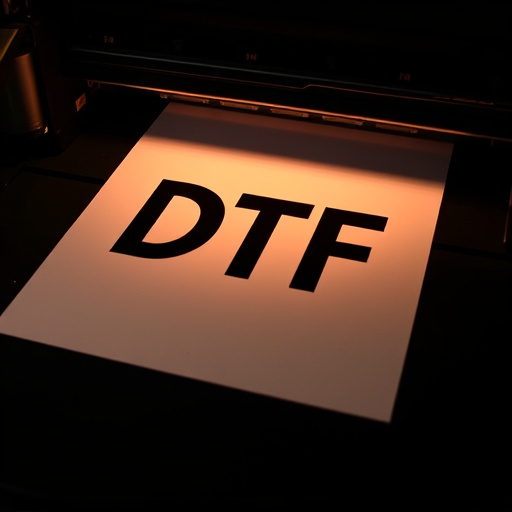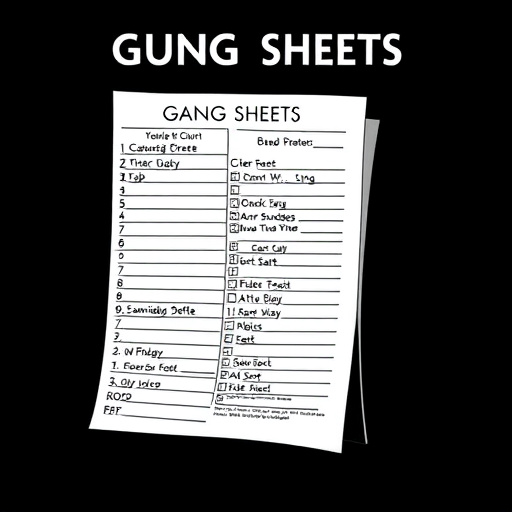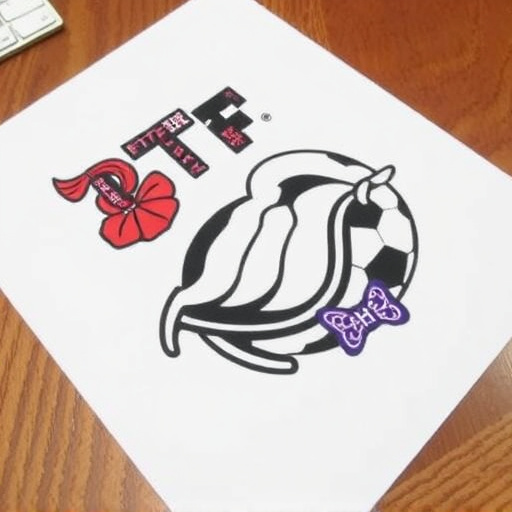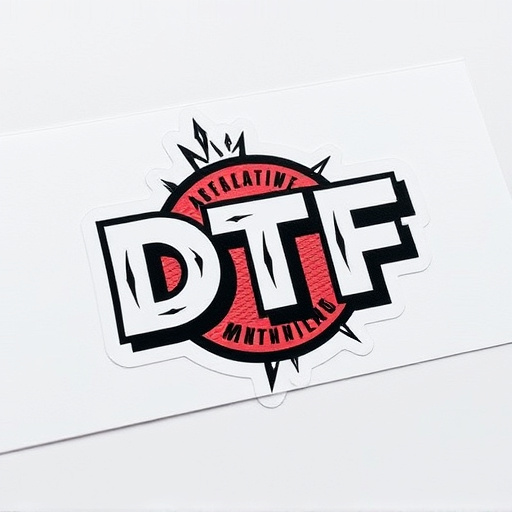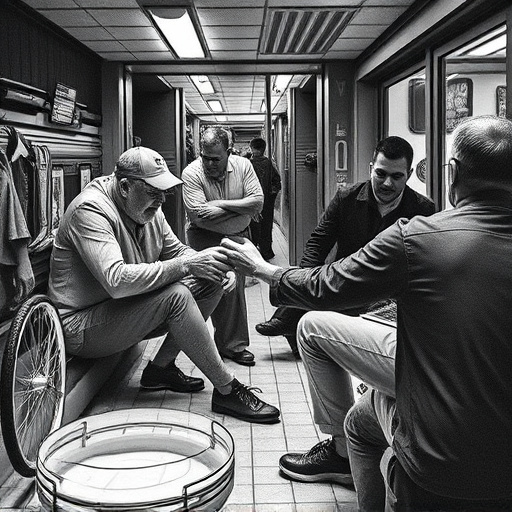DTF (Direct-to-Fabric) Fabric Printing is a revolutionary technology for custom apparel and fabric design, offering swift, versatile, and high-quality printing directly onto diverse fabrics. By eliminating traditional screening and plate preparation, it streamlines production workflows and reduces turnaround times, making it ideal for small to medium orders and unique pieces. This method provides precise designs with vibrant, durable prints suitable for clothing and home decor, while granting designers unparalleled flexibility in creating complex graphics. To implement DTF Fabric Printing successfully, print businesses should invest in high-quality printers, calibrate heat press settings, prepare professional design software transfers, and maintain regular cleaning, maintenance, and staff training.
“Discover how DTF (Direct-to-Fabric) printing is revolutionizing print businesses, offering a game-changing approach to fabric personalization. This cutting-edge technology streamlines workflows, enabling efficient production and an explosion of creative opportunities. From understanding the fundamentals to implementing best practices, this article explores why DTF Fabric Printing is a must-have for modern print shops. Uncover its advantages, from cost-effectiveness to enhanced design flexibility, and learn how it can elevate your business’s output quality.”
- Understanding DTF Fabric Printing: Unlocking Efficient Workflows for Print Businesses
- Advantages of Adopting DTF Technology: Streamlining Production and Expanding Creative Possibilities
- Best Practices for Implementing DTF Fabric Printing: Ensuring Quality and Optimizing Output
Understanding DTF Fabric Printing: Unlocking Efficient Workflows for Print Businesses
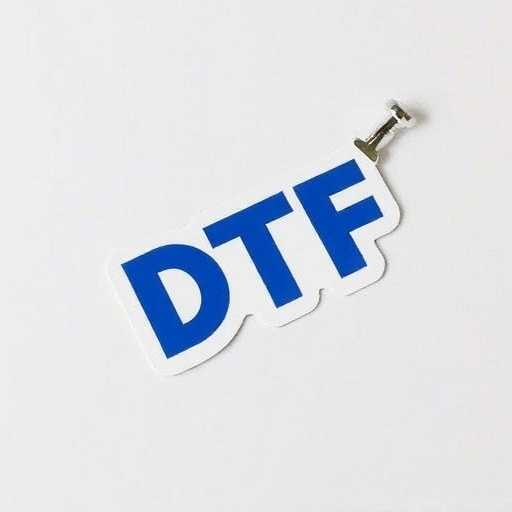
DTF (Direct-to-Fabric) Fabric Printing is a game-changer for print businesses, offering an efficient and versatile solution for custom apparel and fabric design. This technology allows for high-quality printing directly onto various fabrics, unlocking endless possibilities for creative designs. By eliminating the need for traditional screening or plate preparation, DTF printing streamlines the workflow significantly.
Businesses can now achieve complex and detailed designs with remarkable speed and precision. The process is cost-effective, making it ideal for small to medium-sized orders, as well as custom, one-off pieces. DTF fabric printing also ensures that designs transfer precisely onto fabrics, resulting in vibrant and durable prints, perfect for a range of applications from clothing to home decor items.
Advantages of Adopting DTF Technology: Streamlining Production and Expanding Creative Possibilities
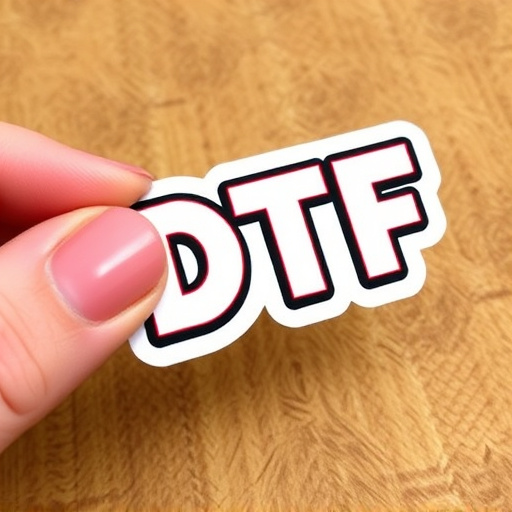
Adopting DTF (Direct to Film) Fabric Printing technology offers print businesses a significant advantage by streamlining their production processes and opening up new creative avenues. With this innovative approach, the entire workflow becomes more efficient as it eliminates the need for traditional plate-making, which can be time-consuming and cost-intensive. This direct printing method allows for faster turnaround times, enabling businesses to meet customer demands promptly.
Furthermore, DTF technology gives designers and artists an unparalleled level of flexibility in their creative process. They can easily upload their own gang sheets, ensuring precise color accuracy and intricate details on the fabric. This capability expands the range of designs possible, from simple text to complex graphics and photographic images. The direct to film transfers ensure consistent quality and make it easier to experiment with various layouts, ultimately elevating the overall print quality and customer satisfaction.
Best Practices for Implementing DTF Fabric Printing: Ensuring Quality and Optimizing Output
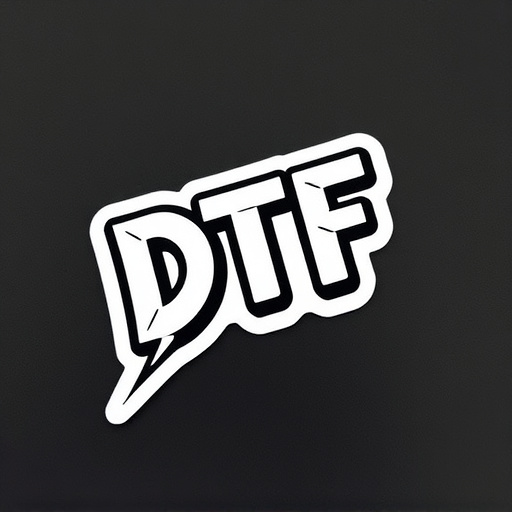
Implementing DTF Fabric Printing requires a thoughtful approach to ensure optimal quality and streamline workflow for print businesses. Firstly, selecting the right equipment is paramount; invest in high-quality DTF printers compatible with your production needs. Calibrating machines precisely according to manufacturer guidelines ensures accurate dtf heat press settings, resulting in crisp and consistent prints.
Additionally, focus on meticulous preparation of dtf artwork transfers. This involves using professional-grade design software to create or edit graphics, ensuring they meet the required resolution for optimal print quality. Proper file formats and color profiles help prevent printing issues. Regularly cleaning and maintaining printers, as well as regular staff training on best practices, contribute to maintaining high standards of dtf print quality throughout production runs.
DTF (Direct-to-Fabric) printing has emerged as a game-changer in the print industry, offering businesses a streamlined and efficient workflow. By adopting this technology, print enterprises can enhance their production capabilities, embrace creative freedom, and deliver high-quality fabric prints. With the right implementation strategies, as outlined in this article, DTF Fabric Printing promises to revolutionize the way businesses operate, ensuring optimal output and expanding their creative horizons.

